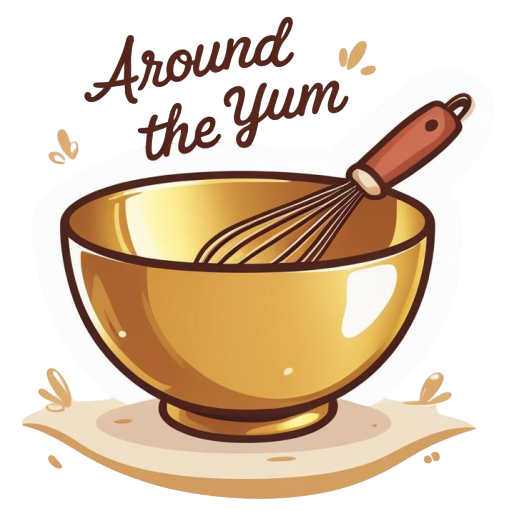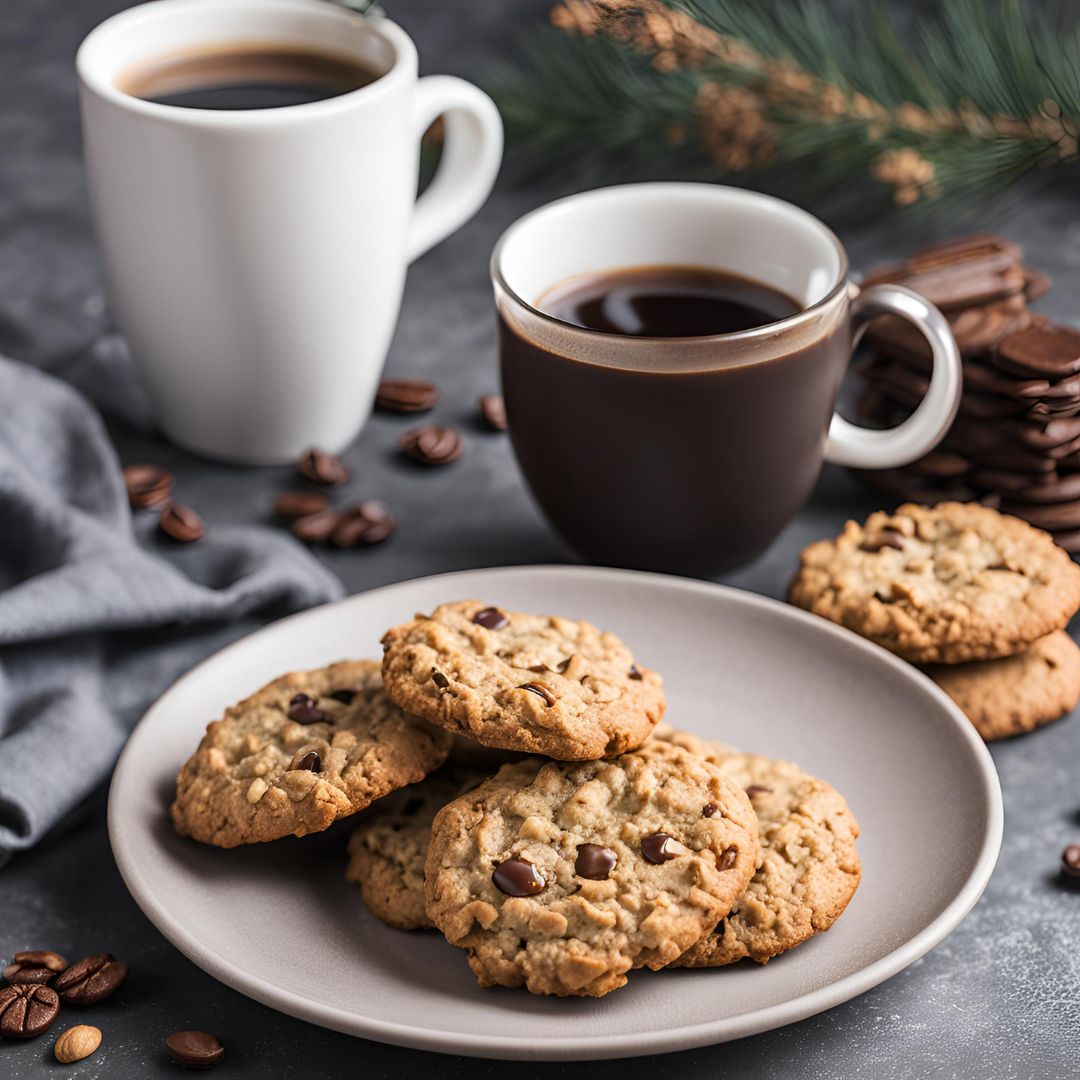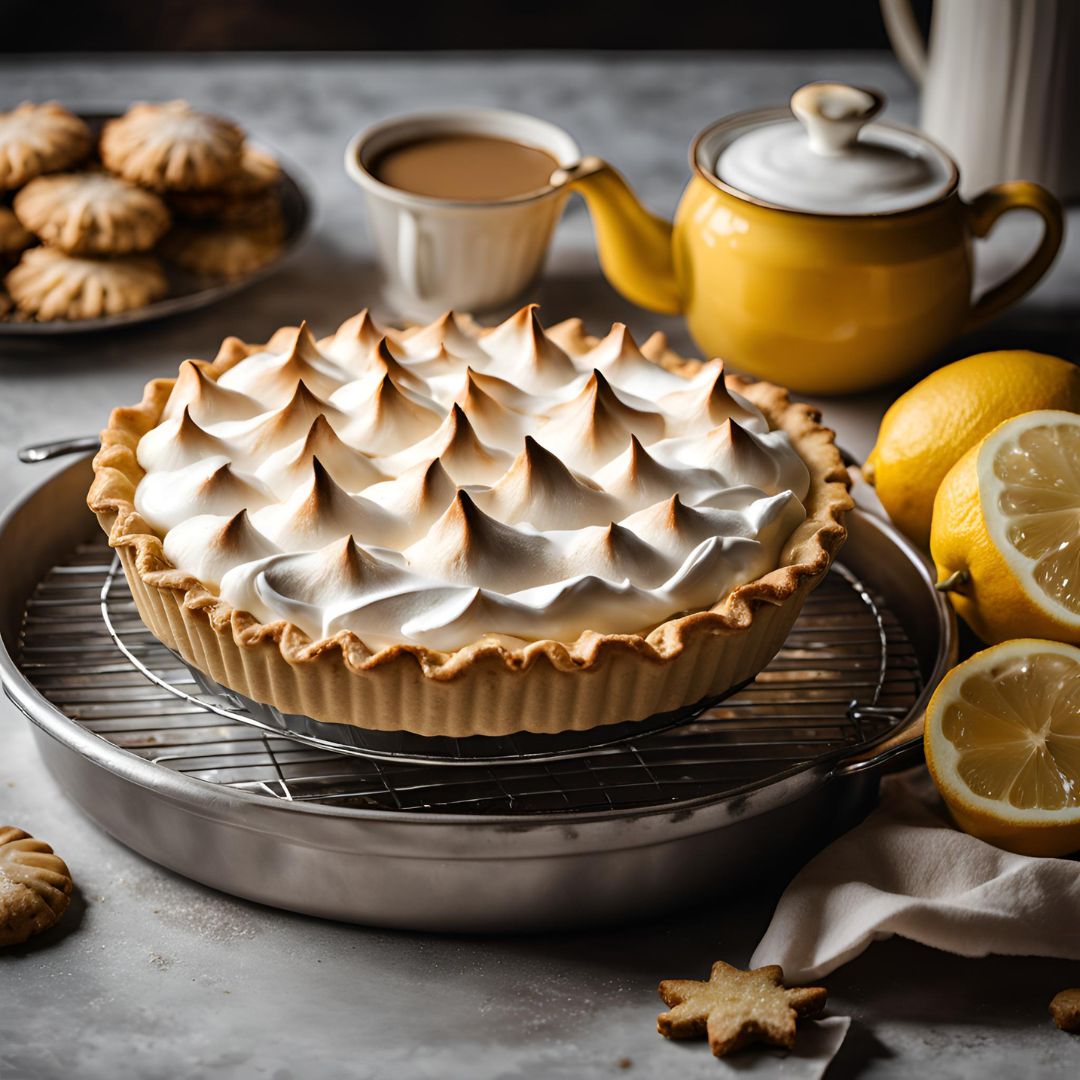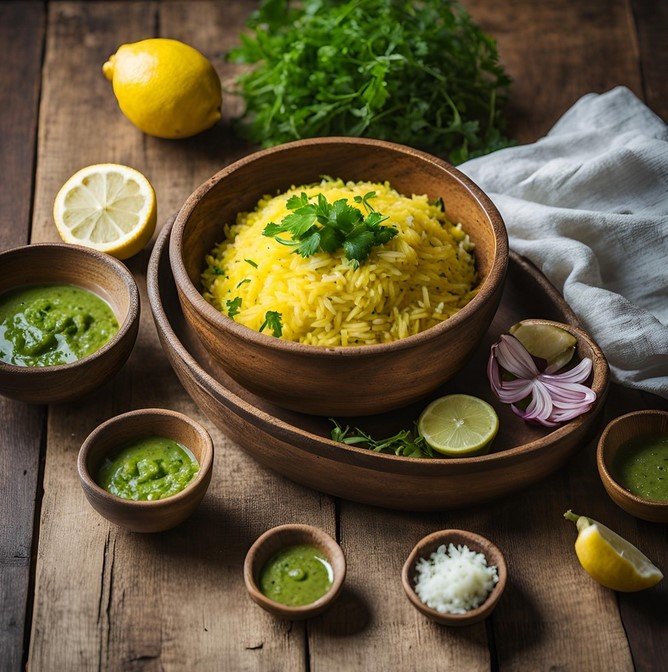Buttermilk Pancakes Recipe. When it comes to breakfast, few dishes evoke as much warmth and nostalgia as buttermilk pancakes. These fluffy, golden circles of goodness have become a beloved staple in kitchens across the world, cherished not just for their delightful taste but also for the memories they create. Whether enjoyed on a leisurely weekend morning, served at a festive brunch, or made for a special occasion, buttermilk pancakes have a unique way of bringing people together, making them a timeless favorite in households everywhere.
A Brief History of Pancakes
The origins of pancakes date back thousands of years, with evidence suggesting that ancient civilizations, including the Greeks and Romans, made versions of them. The word “pancake” itself can be traced to the 15th century in England. Traditionally, pancakes were made from a simple batter of flour, eggs, and milk. Over the years, variations emerged across cultures, leading to diverse recipes ranging from thick, fluffy American pancakes to thin, crepe-like French crêpes.
The buttermilk pancake, specifically, has its roots in American culinary traditions. The unique addition of buttermilk sets these pancakes apart, giving them a rich flavor and an exceptionally tender texture. In the past, buttermilk was a byproduct of churning cream into butter, but it has since become a key ingredient in various recipes, especially in Southern cuisine.
The Allure of Buttermilk Pancakes
What makes buttermilk pancakes so special? The answer lies in their texture and flavor. Buttermilk, which is fermented milk, contains lactic acid. This acid not only adds a slight tanginess to the pancakes but also reacts with baking soda and baking powder to create a light and airy structure. The result is a pancake that is both fluffy and flavorful, with a melt-in-your-mouth quality that makes each bite a pleasure.
Buttermilk pancakes can easily be dressed up or down, making them versatile for any occasion. They can be served simply with a drizzle of maple syrup or adorned with a variety of toppings, from fresh berries and whipped cream to chocolate chips or nuts. This adaptability allows home cooks to experiment and tailor the dish to their preferences, ensuring that there is a version of buttermilk pancakes to satisfy everyone’s palate.
Customizing Your Pancakes
One of the joys of cooking at home is the ability to customize your dishes to suit your taste. Buttermilk pancakes are no exception. You can easily incorporate various ingredients to create unique flavor profiles. For instance, adding blueberries or bananas to the batter can introduce natural sweetness and additional texture. Chocolate chips are a popular choice for a decadent twist, especially loved by children and adults alike.
For those who prefer a touch of spice, a dash of cinnamon or nutmeg can be added to the dry ingredients. Alternatively, you could infuse the batter with citrus zest for a refreshing citrus flavor that brightens each bite.
Moreover, if you’re looking to make your pancakes a bit healthier, consider substituting some of the all-purpose flour with whole wheat flour or using Greek yogurt in place of some buttermilk. These substitutions can add nutritional value without sacrificing the beloved fluffy texture.
Toppings and Serving Suggestions
Once the pancakes are cooked to perfection, the fun continues with an array of topping possibilities. The classic choice is pure maple syrup, which pairs beautifully with the rich flavor of buttermilk. However, feel free to get creative!
Fresh fruits like strawberries, raspberries, or sliced bananas not only add vibrant color but also contribute natural sweetness. A dollop of whipped cream elevates the dish to a dessert-like experience, making it perfect for special occasions. For an indulgent treat, consider adding a scoop of ice cream or a drizzle of chocolate syrup on top.
Nuts such as pecans or walnuts can add crunch and depth of flavor, while a sprinkle of powdered sugar offers a touch of elegance. You can even serve your pancakes alongside crispy bacon or sausage for a savory contrast that many breakfast lovers enjoy.
The Experience of Making Buttermilk Pancakes
Beyond just being a meal, making buttermilk pancakes can be a delightful experience. The aroma of pancakes sizzling on the griddle fills the kitchen, creating an inviting atmosphere that draws family members together. Cooking can become a bonding activity—kids can help pour and flip pancakes, adding their own special touch to the process.
As you gather around the table, enjoying the fruits of your labor, you’ll find that buttermilk pancakes are more than just a dish; they’re a celebration of togetherness, comfort, and the joy of sharing good food with loved ones.
—-
In a world filled with fast-paced mornings and busy schedules, buttermilk pancakes remind us to slow down, savor the moment, and appreciate the simple joys of life. With their rich history, versatile nature, and delightful flavor, buttermilk pancakes are truly a breakfast classic. Whether enjoyed on a lazy Sunday morning or served as a special treat, they are sure to create lasting memories.
So gather your ingredients, invite your family to join you in the kitchen, and start flipping those pancakes. There’s nothing quite like the satisfaction of serving a stack of fluffy buttermilk pancakes, knowing you’ve created something special that everyone can enjoy together.
Ingredients- Buttermilk Pancakes Recipe
- 1 cup all-purpose flour
- 2 tablespoons granulated sugar
- 1 teaspoon baking powder
- 1/2 teaspoon baking soda
- 1/4 teaspoon salt
- 1 cup buttermilk
- 1 large egg
- 2 tablespoons unsalted butter, melted (plus extra for cooking)
- 1 teaspoon vanilla extract (optional)
Cooking Instructions: Buttermilk Pancakes Recipe
Mix Dry Ingredients :
In a large bowl, whisk together the flour, sugar, baking powder, baking soda, and salt until well combined.
Combine Wet Ingredients :
In another bowl, mix the buttermilk, egg, melted butter, and vanilla extract until smooth.
Combine Wet and Dry Mixtures :
Pour the wet ingredients into the dry ingredients. Stir gently until just combined. (It’s okay if there are a few lumps; do not overmix.)
Heat the Griddle :
Preheat a griddle or non-stick skillet over medium heat. Lightly grease it with butter.
Cook the Pancakes :
Pour about 1/4 cup of batter onto the hot griddle for each pancake. Cook until bubbles form on the surface and the edges look set (about 2-3 minutes). Flip and cook for another 1-2 minutes until golden brown.
Serve :
Remove pancakes from the griddle and keep warm while you cook the remaining batter. Serve with your favorite toppings, such as maple syrup, fresh fruit, or whipped cream.
Total Time Breakdown: Buttermilk Pancakes Recipe
- Preparation Time: 10 minutes
- Cooking Time: 15-20 minutes
- Total Time: 25-30 minutes
Servings: Makes approximately 4 servings (about 8 pancakes).
Essential cooking tips – Buttermilk Pancakes Recipe
1. Use Fresh Ingredients
Ensure your baking powder and baking soda are fresh. These leavening agents are crucial for fluffy pancakes. You can test baking powder by adding a teaspoon to hot water; it should fizz if it’s still active. For baking soda, combine it with vinegar or lemon juice; it should bubble. Using fresh buttermilk is also essential for the best flavor and texture.
2. Don’t Overmix the Batter
When combining the wet and dry ingredients, mix until just combined. A few lumps in the batter are perfectly fine. Overmixing can develop the gluten in the flour, resulting in dense, tough pancakes instead of light and fluffy ones.
3. Preheat the Griddle Properly
Preheat your griddle or skillet over medium heat for a few minutes before pouring in the batter. To test if it’s hot enough, sprinkle a few drops of water onto the surface; they should sizzle and evaporate almost immediately. If the griddle is too hot, the pancakes will burn on the outside while remaining raw inside, so adjust the heat as needed.
4. Let the Batter Rest
Allow the batter to rest for about 5-10 minutes before cooking. This resting period helps the flour absorb the liquid and allows the leavening agents to activate, resulting in even fluffier pancakes. It also allows the gluten to relax, giving the pancakes a tender texture.
5. Keep Pancakes Warm While Cooking
As you cook the pancakes, keep the finished ones warm by placing them on a plate in a preheated oven (set to low, around 200°F or 90°C). Cover them with aluminum foil to keep them warm and prevent them from drying out while you finish cooking the remaining batter. This way, everyone can enjoy hot, fresh pancakes at the same time!
6. Experiment with Add-ins and Toppings
Feel free to personalize your pancakes by adding blueberries, chocolate chips, or chopped nuts directly into the batter before cooking. You can also serve them with a variety of toppings, such as fresh fruit, whipped cream, or flavored syrups, to elevate your pancake experience!
Some More Interesting Recipes –
- Chocolate Chip Pancakes Recipe
- Banana Pancakes Recipe
- Pancakes Recipe
- Recipe for crepes
- Blueberry Cheesecake Recipe
- Strawberry Cheesecake Recipe
- Mango Cheesecake Recipe
- Chocolate Cheesecake Recipe
Frequently Asked Questions- Buttermilk Pancakes Recipe
1. Can I use regular milk instead of buttermilk for this Buttermilk Pancakes Recipe?
Yes, you can substitute regular milk for buttermilk. To mimic the tanginess of buttermilk, add 1 tablespoon of lemon juice or white vinegar to 1 cup of milk and let it sit for about 5 minutes before using. This creates a homemade version of buttermilk.
2. What’s the best way to store leftover pancakes?
Allow the pancakes to cool completely, then stack them with parchment paper in between each pancake to prevent sticking. Place the stack in an airtight container or a resealable plastic bag and refrigerate for up to 3 days. For longer storage, you can freeze them for up to 2 months. Reheat in the toaster or microwave.
3. Why did my pancakes turn out dense?
Dense pancakes may be the result of overmixing the batter, which develops gluten and makes them tough. Also, using expired baking powder or baking soda can prevent proper leavening. Be sure to mix the batter gently and check your leavening agents for freshness.
4. How can I make pancakes fluffier in this Buttermilk Pancakes Recipe?
To achieve fluffier pancakes, ensure you don’t overmix the batter, let it rest for 5-10 minutes, and use fresh leavening agents. Adding a bit more buttermilk can also help, as the extra liquid can create a lighter texture.
5. Can I make the batter ahead of time for this recipe of Buttermilk Pancakes?
While you can prepare the dry ingredients in advance, it’s best to mix the wet ingredients and combine them just before cooking. If you need to make the batter ahead of time, store it in the refrigerator for up to 2 hours. Stir gently before cooking, as some separation may occur.
6. What toppings go well with this recipe of buttermilk pancakes?
Popular toppings for buttermilk pancakes include maple syrup, fresh fruits (such as strawberries, blueberries, or bananas), whipped cream, nuts, chocolate chips, or even flavored yogurts. You can also experiment with flavored syrups or compotes for a unique twist.
7. How do I know when to flip the pancakes?
Flip the pancakes when you see bubbles forming on the surface and the edges look set (about 2-3 minutes). The bottom should be golden brown. If you flip too early, the pancakes may be undercooked in the middle.
8. Can I make gluten-free buttermilk pancakes with this recipe ?
Yes, you can make gluten-free buttermilk pancakes by substituting all-purpose flour with a gluten-free flour blend. Ensure the blend contains xanthan gum or add 1/2 teaspoon per cup of flour to help with texture. The consistency of the batter may vary, so adjust the liquid as needed.
9. What is the best way to reheat pancakes?
To reheat pancakes, the best methods are using a toaster or microwave. For the microwave, place the pancakes on a microwave-safe plate and cover them with a damp paper towel to prevent drying out. Heat in 20-30 second intervals until warmed through. In a toaster, simply toast until heated.
10. How many pancakes does this Buttermilk Pancakes Recipe make?
A typical buttermilk pancake recipe yields about 8 pancakes, depending on the size. Generally, if you use a 1/4 cup of batter per pancake, you should expect to serve about 4 people, assuming each person enjoys 2 pancakes.
Buttermilk Pancakes Recipe
In a world filled with fast-paced mornings and busy schedules, buttermilk pancakes remind us to slow down, savor the moment, and appreciate the simple joys of life. With their rich history, versatile nature, and delightful flavor, buttermilk pancakes are truly a breakfast classic. Whether enjoyed on a lazy Sunday morning or served as a special treat, they are sure to create lasting memories.
So gather your ingredients, invite your family to join you in the kitchen, and start flipping those pancakes. There’s nothing quite like the satisfaction of serving a stack of fluffy buttermilk pancakes, knowing you’ve created something special that everyone can enjoy together.
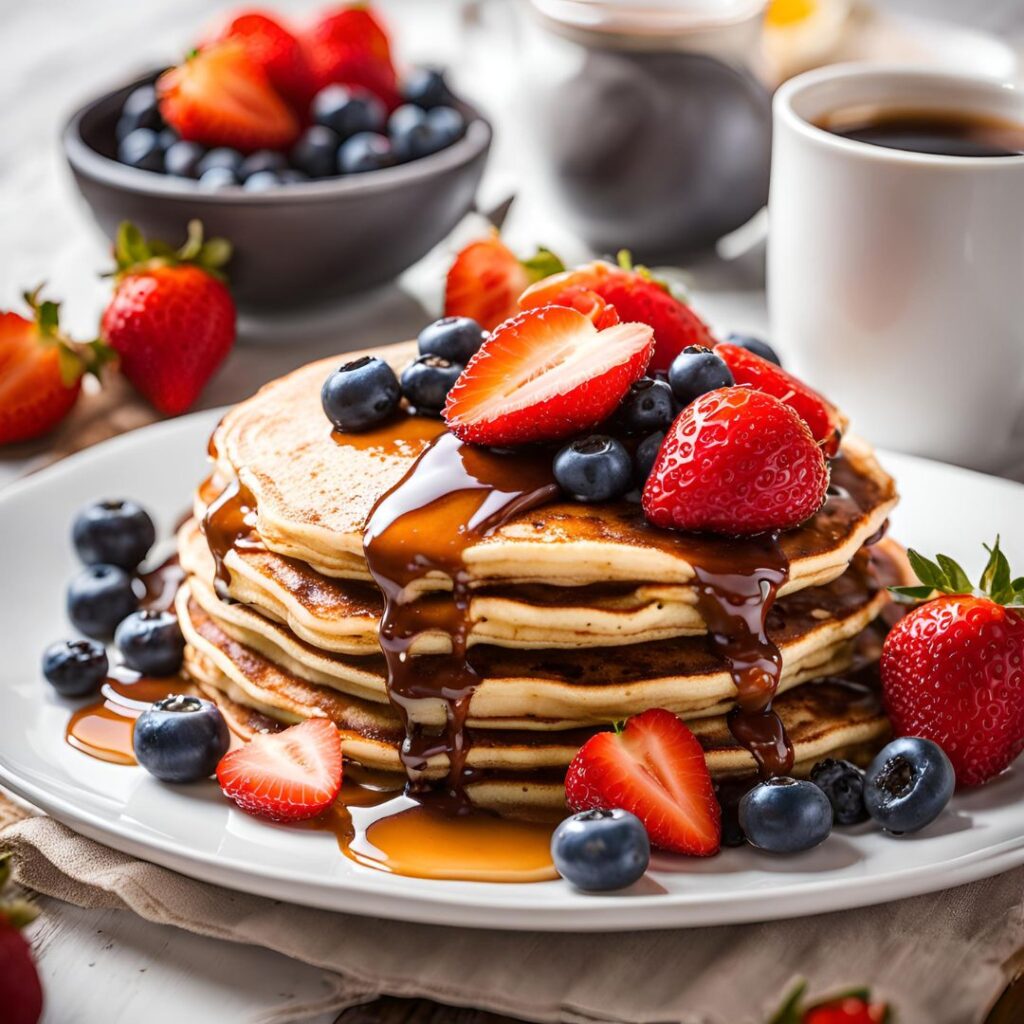
Ingredients- Buttermilk Pancakes Recipe
Cooking Instructions: Buttermilk Pancakes Recipe
Mix Dry Ingredients :
- In a large bowl, whisk together the flour, sugar, baking powder, baking soda, and salt until well combined.
Combine Wet Ingredients :
- In another bowl, mix the buttermilk, egg, melted butter, and vanilla extract until smooth.
Combine Wet and Dry Mixtures :
- Pour the wet ingredients into the dry ingredients. Stir gently until just combined. (It’s okay if there are a few lumps; do not overmix.)
Heat the Griddle :
- Preheat a griddle or non-stick skillet over medium heat. Lightly grease it with butter.
Cook the Pancakes :
- Pour about 1/4 cup of batter onto the hot griddle for each pancake. Cook until bubbles form on the surface and the edges look set (about 2-3 minutes). Flip and cook for another 1-2 minutes until golden brown.
Serve :
- Remove pancakes from the griddle and keep warm while you cook the remaining batter. Serve with your favorite toppings, such as maple syrup, fresh fruit, or whipped cream.
